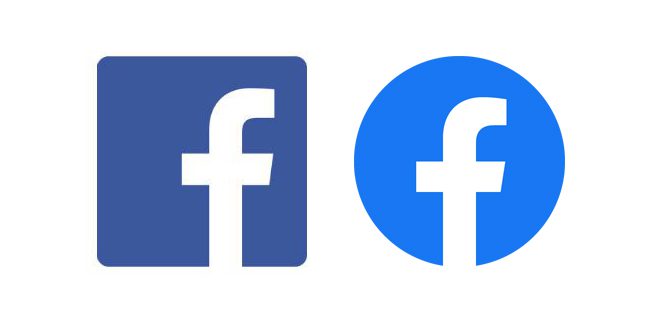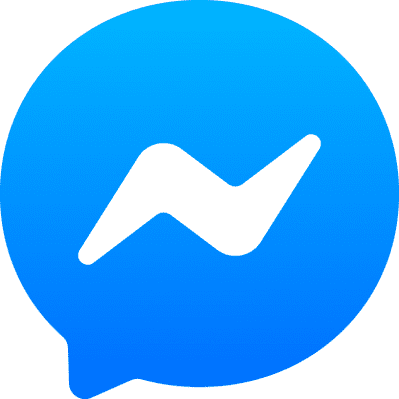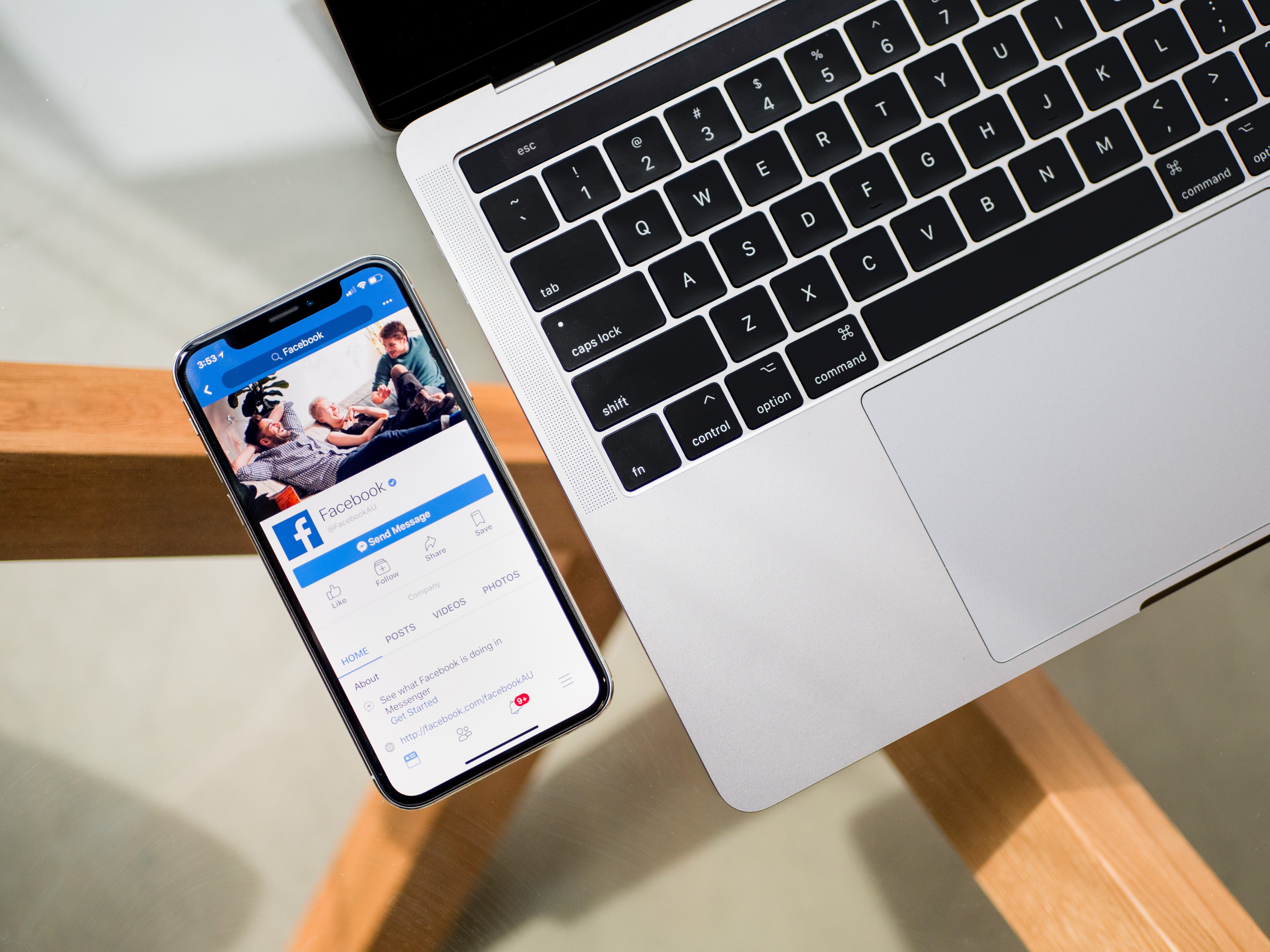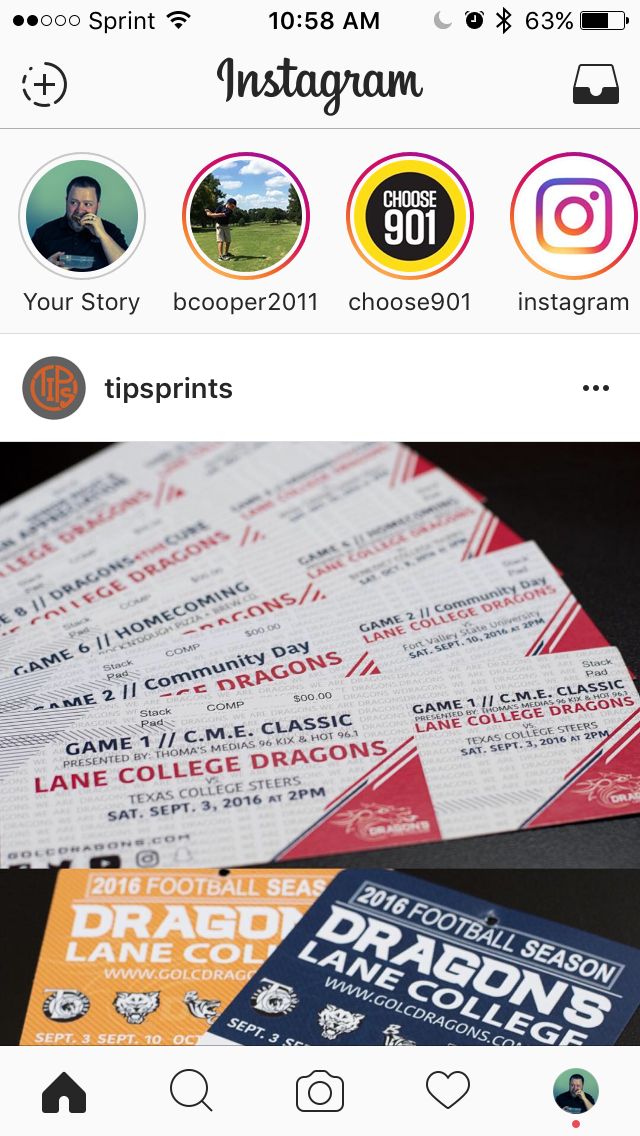What is F8?
F8 is Facebook’s mostly annual conference that often announces new features. The conference started as an 8-hour hackathon. It has developed throughout the years into a 2-day event for developers from around the world to network, attend in-depth mini-sessions, and enjoy product demos. This year’s F8 was held April 30-May 1st in San Jose, California. 2019 marked Facebook’s 10th F8.
A Recap of The Keynote
Privacy. Privacy. And more privacy. Not only that – but a bold statement that “The future is private.”
Mark Zuckerberg acknowledged they don’t have the strongest reputation on privacy right now. The only way you’ve missed this drama is if you’ve been left in the quantum realm. If that’s you – go ahead and read Wired’s article which recaps the past year and a half.
Zuckerberg continued by saying they are “building a privacy focused platform…privacy gives us the freedom to be ourselves.” He then made certain to mention that his team is going to play a more “proactive role” in making sure all services and partners are using their tools for good.
He continued his theme of “The Future is Private” by listing the next chapter for their services. This vision is based on 6 principles:
- Private interactions
- Encryption
- Reduced permanence
- Safety
- Interoperability
- Secure data storage
What This Means for Facebook & Messenger

Zuckerberg has nicknamed this update “FB5.” And it’s more than an icon update (have you noticed the slight gradient to the blue?)
If the overall theme was “privacy,” I’d say that the Facebook theme was “connection.” The app will now downplay the News Feed as the central point of connection. Instead, Facebook is pushing Events and Groups to center stage.
Communities and Groups now replace Friends as the central focus. You can now share to your groups the same way you share with friends and family. The Newsfeed still exists – and a feature I particularly like – will allow you to save your spot so you can pick up where you left off.
Here’s where some serious changes start happening: relationships. Facebook is now in the business of actively connecting people – be it dating relationships, friendships, gaming communities, or even job searches.
With Facebook dating you find matches based on things you have in common like shared groups and events. Your dating profile is separate from your personal profile.
This is currently live in: Colombia, Mexico, Thailand, Argentina, Canada, Philippines, Vietnam, Singapore, Malaysia, Laos, Brazil, Peru, Chile, Bolivia, Ecuador, Paraguay, Uruguay, Guyana, Suriname
End of Year: US
Facebook is also introducing Secret Crush. In this section, you create a private list of friends you might be interested in. And if your friend also puts you on their list, you match. If not, no one will know you even opted into Facebook Dating.
They are also adding new Business Tools which are considered to be “plug-and-play solutions.” The goal is to make it easier for businesses to drive in-store traffic, generate leads, and provide customer care. Two of these new tools include an appointment-booking function and a lead generation template built directly into Ads Manager.

Messenger
One of the most exciting changes to Messenger is size and speed. It is going from 127 MB to under 30 MB with 1.3 second cold start time. Keeping with the privacy theme, the Messenger app will be end-to-end encrypted by default.
And we once again see the increased focus on connectivity. Messenger will allow you to call and message friends and family not just on Facebook but also Instagram and WhatsApp.
The goal is to make Messenger the place for your closest friends and family to keep in constant contact. You can even watch videos together directly inside the app.
They are also launching a brand new Messenger desktop app for both Windows and macOS.
How This Affects Your Marketing Strategies
If nothing else, hear this – Facebook believes they know what their 2.7 billion users want above all else – not necessarily shiny new objects, cheaper prices, or gimmicks!
They want to use their technology to gain meaningful human connection.
People don’t want to feel spammed by your ads. They want to feel connected to your product and brand.
Your customers want to feel certain that their information is secure. That your brand is trustworthy. And that you aren’t going to take advantage of them.
F8 2019 celebrated their global community and how technology can bring people together both personally and professionally.










